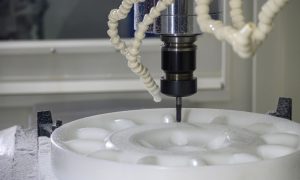The best way to learn about heat exchangers is to explore an example of a mechanized item that uses them, learning how they apply to the machine and how the two operate together. There are several uses for heat exchangers due to their versatility; here is a brief explanation of plastic heat exchangers to aid your comprehension of the science behind how they work when applied to everyday tasks.
Getting To Know the Basics
If you have never heard of plastic heat exchange, then it is likely you’ve never had to work with anything that conditions the air. Plastic heat exchange involves a mechanized process by which heating, cooling, condensing, or evaporation takes place to achieve the desired effect through high purity media. This is the process of heat exchange as we know it.
Different Applications of Heat Exchange
There are many different uses of heat exchange that we use every day, and most people may not even be aware of them. Space heating in the wintertime is a typical example of heat exchange, especially in warehouses and large rooms. Anything that requires refrigeration also uses heat exchange, though it does so through the opposite cooling method using the same mechanism.
How It Works
Plastic heat exchangers work through combustion. As combustion happens, heat is released into a specialized plastic tube that has been constructed using plastic parts fabrication. This tube regulates the heat by limiting the exhaust and heat. When cool air passes over the tube, the air is warmed by the radiation of the tube, and heat exchange takes place, which then conditions the air. This works for cold conditioning as well.
Hopefully, this clarified any questions or concerns you might have had about heat exchange. This has been a brief explanation of plastic heat exchangers and how they operate. We hope this guide has provided you with a better grasp of how this science works and how it is applied.


![It’s About Time [And Saving Money]: New Lathe Does turning and Milling Too!](https://www.millerplastics.com/wp-content/uploads/2017/08/equip2-l-300x167.jpg)
